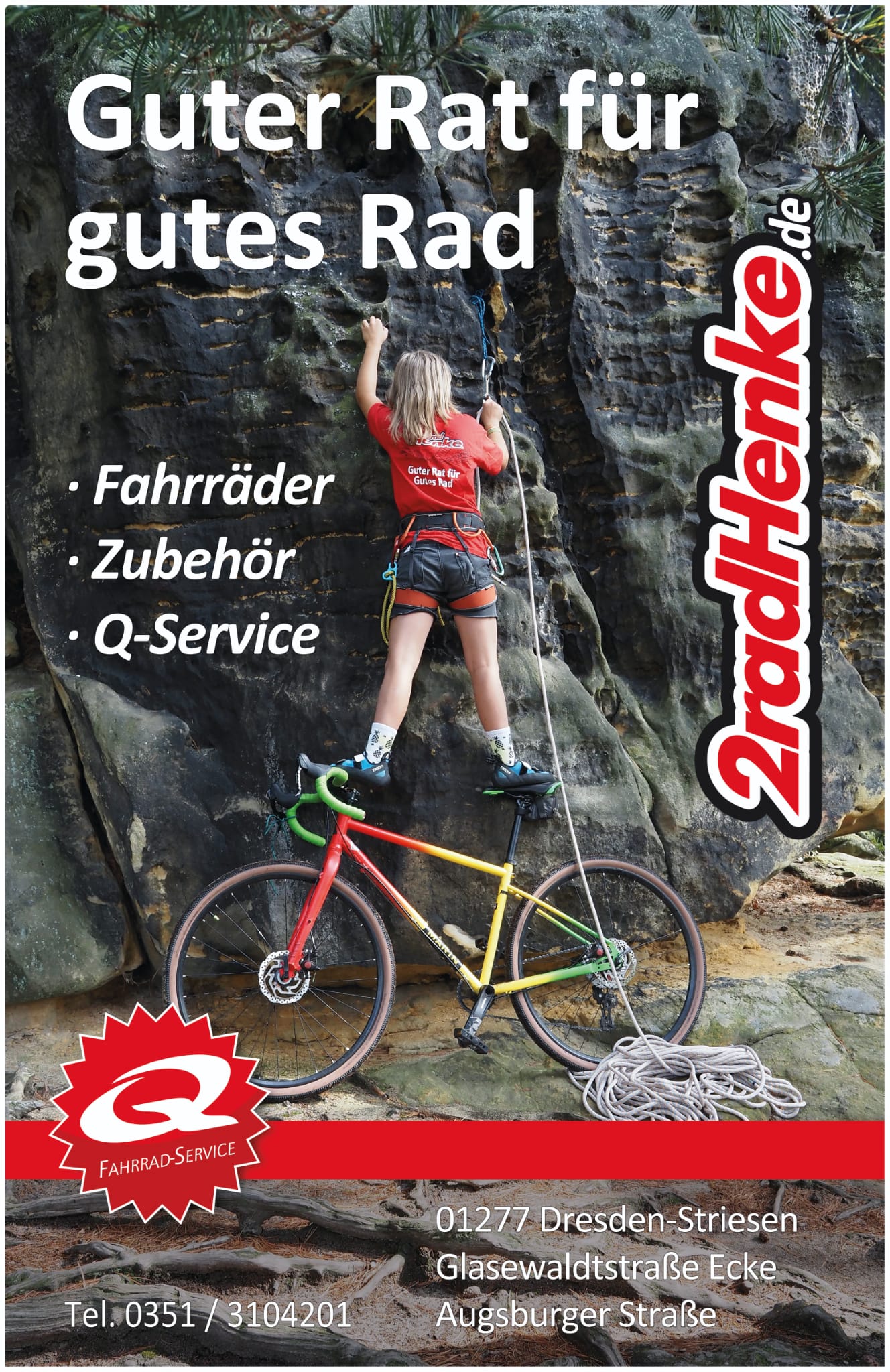With the symbolic grading of his route „The Lonely Mountain“ and a post on Insta, Stefano Ghislofi has triggered an old discussion about the rating of climbing routes.
After devaluing various routes, such as „King Capella“ or his own route „Erebor„, Stefano is thinking about his future route ratings. He only wants to use three grades: „Passo, non passo, tribolo ma passo“ „Go, don’t go or just about go“. John Gill’s three-grade bouldering scale (B1-B3) was similar. The rating B1 stands for a difficulty level where the boulder problem is more difficult than an extremely difficult climbing route in toprope style. B2 should be significantly more difficult than B1 and B3 is awarded when a boulder has been mastered once by a climber. Consequently, this scale had to be adjusted again and again and was ultimately too rigid.
Perhaps the following thoughts on this: The discussion about the difficulty of a climbing route is as old as climbing itself. In addition to the routes mentioned above, the top route of Alexander Mego’s „Bibliographie“ was downgraded from 9c to 9b+ by Stefano himself.
Two routes, „Hubble“ vs. „Action Directe„, are also „fighting“ over the first 9a in the world, after it looked for a long time as if their classifications were fixed at 8c+ and 9a respectively. In the end, the „true“ difficulty only becomes apparent after several (overlapping) repetitions.
In the end, the rating has always levelled out and adapted. The best example is the „Weiße Rose“ by Alexander Huber, which was the first 9a+. Confusingly, different scales have developed over different areas and times. Some fit well for sport climbing others are more suitable for long routes or trad routes.
The problem is that there are always objective and subjective assessments of a route. Objectively, the assessment is divided into technique and strength. For example, a very overhanging rope ladder is technically very easy, but requires a lot of strength.
The belaying of a route usually also plays a role; if you have to belay yourself, it is usually more difficult because you have to lay the belaying equipment yourself.
When it comes to subjective criteria, strength, agility and the shape of the day play a role, but ultimately everything is relative.
In summary, one can say. The first climber has the right to suggest a difficulty. The repeaters, of course, also have the right to reclassify the route. That’s how it was and that’s how it should stay. Please don’t be too hard on each other and don’t take it amiss. And please continue to grade your first ascents. It’s all about the most beautiful triviality in the world.
By the way, this is how the difficulties of the climbing routes developed over the years.
Photo: (c) Adam Ondra in the most difficult route – Silence (9c)










Genau, liebe Helga, weil dein Weltbild nicht zulässt, dass sich Gesellschaften und ihr Blick auf die Geschichte verändern und damit…
Allein die Frage scheint ein perfektes Beispiel eines linksgutmenschlichen Bilderstürmers zu sein. Selbstverständlich sind solche Begriffe nicht rassistisch, sondern die…
Ich reiche hiermit die fehlende Quelle des Direktzitats nach: https://kayakandclimb.blogspot.com/2023/11/free-karma-on-half-dome.html?m=1
Please contact Tobias Wolf via https://kayakandclimb.blogspot.com/ Cheers Gabi
Hi ! well done for the FFA of Charliberté !! I'm looking for a really good picture of this area…